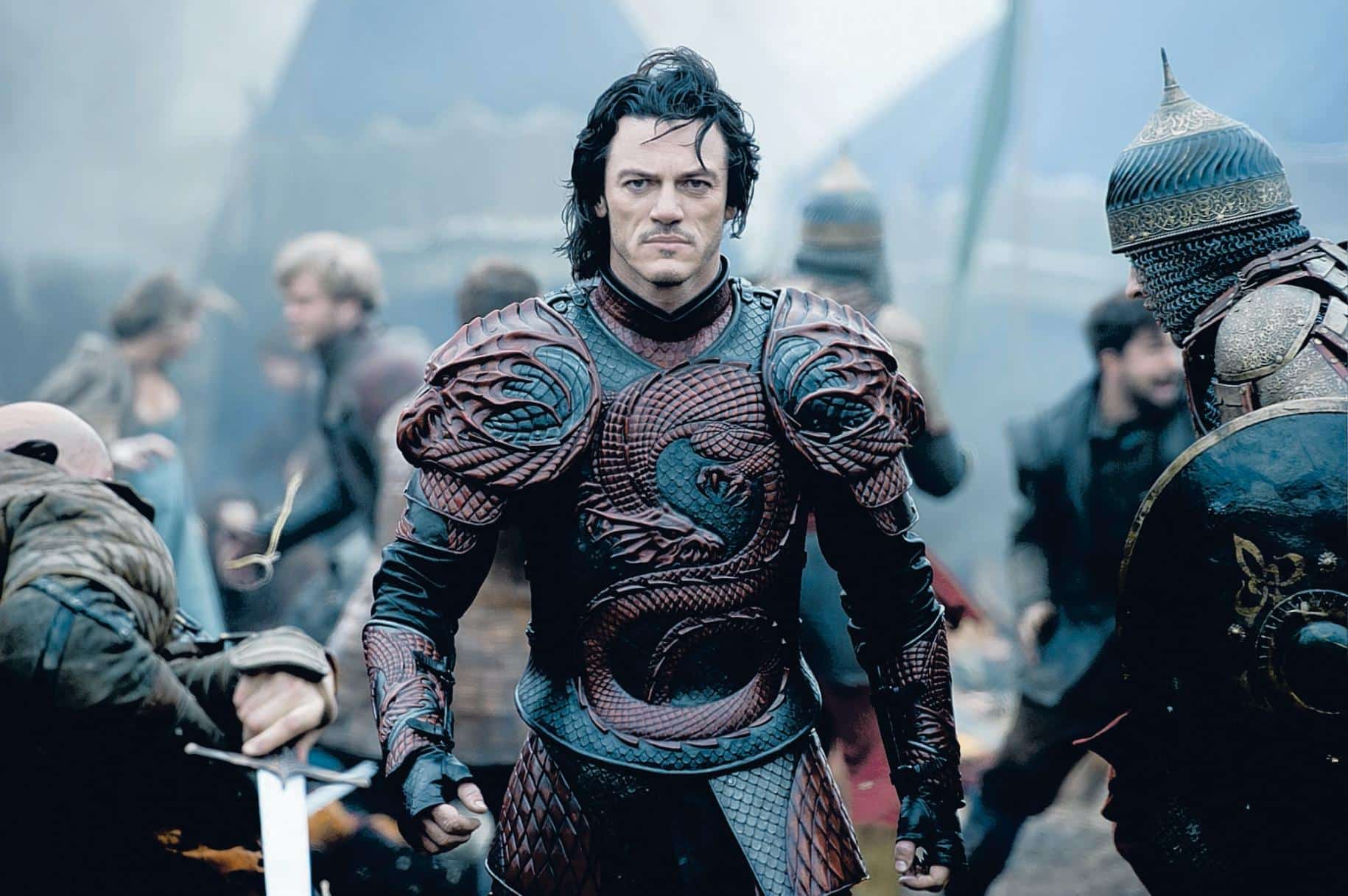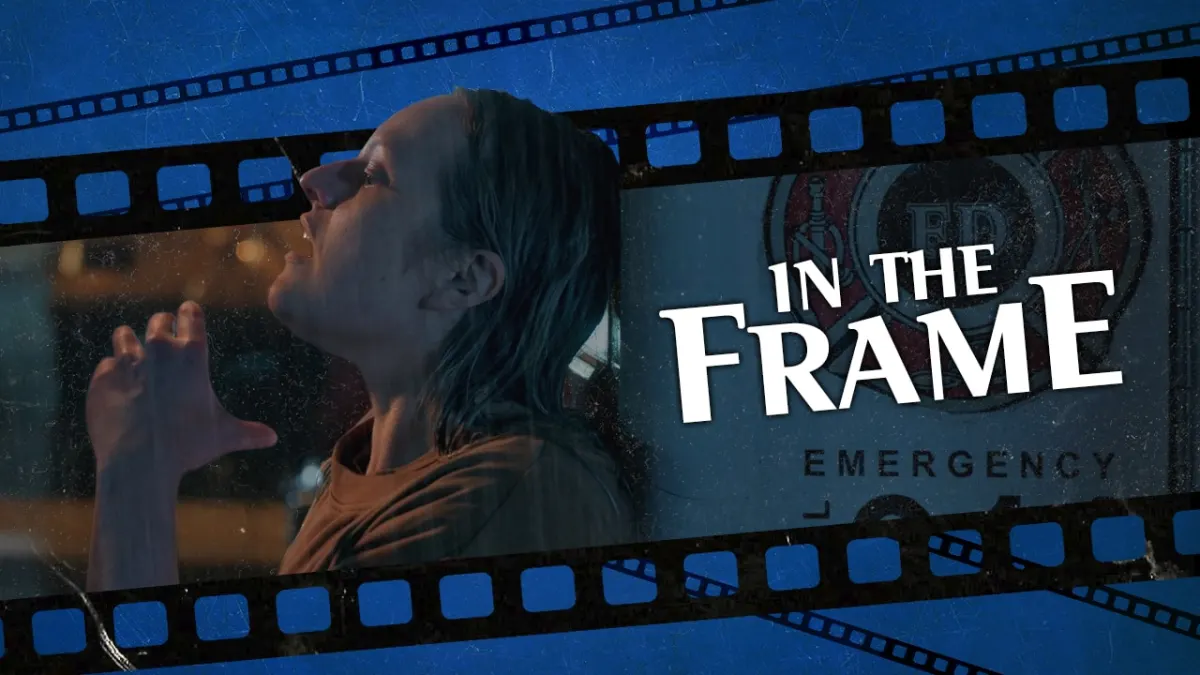The Dark Universe was doomed from the outset.
Universal’s investment in a shared world of monsters was a reaction to the success that Disney had enjoyed with the Marvel Cinematic Universe. After the box office triumph of The Avengers, many studios went digging around in their back catalogue for intellectual property they could conceivably fashion into a shared universe, in the hopes of reaping some of the financial rewards.
Warner Bros. had the most obvious counterpoint. It could build a universe with characters like Batman and Superman. Sony was stuck with their ownership of Spider-Man and his supporting cast and so built a shared universe that includes Venom and Morbius. Fox planned to build a universe populated by characters like Wolverine and Deadpool off the X-Men brand.
Universal decided to build a shared universe out of their Fast & Furious franchise, although Hobbs & Shaw would underwhelm at the box office. However, the most obvious model for a blockbuster shared universe could be found much further back, in the Universal Monster movies of the 1930s and beyond. These films included Dracula, Frankenstein, The Wolf Man, The Invisible Man, and The Mummy.
This was not an abstract idea. There is a credible argument to be made that the Universal Monster movies were Hollywood’s first true “shared universe,” with Lon Chaney’s werewolf squaring off against Bela Lugosi’s monster in 1943’s Frankenstein Meets the Wolf Man. The following year, The House of Frankenstein would bring together the Wolf Man, Frankenstein’s monster, and Dracula.
Of course, these films were clumsy and awkward. Roles were often recast, and actors shuffled around. More than that, the box office returns diminished quite quickly. Following one last reunion in House of Dracula, the creatures were promptly confined to a series of crossovers with Abbott and Costello. Hammer Horror would put its own spin on the monsters a decade later.
As such, these monsters seemed ready-made for revival. Universal had even enjoyed sporadic success with certain remakes, like Stephen Sommers’ 1999 version of The Mummy. Reinventing these iconic characters for the modern era seemed like a no-brainer. Unfortunately, despite Universal’s best efforts, this attempt to build a shared universe in Marvel’s image just didn’t work.
This failure certainly wasn’t for lack of trying. Dracula Untold began life as a self-contained story, but Universal mandated reshoots to help it fit into the shared universe. However, critical reception was dismal. The rejection of Dracula Untold was so complete that producer Alex Kurtzman retroactively moved it out of continuity with his 2017 reboot of The Mummy.
The Mummy would be the launching pad for the shared universe, right down to the casting of Russell Crowe as Doctor Jekyll. Even after the even worse reviews for The Mummy, Universal doubled down. A week after the release of The Mummy, the studio announced a star-studded shared universe including Javier Bardem and Johnny Depp with an infamously terrible photoshopped image.
That image, which is perhaps more horrifying than anything in Dracula Untold or The Mummy, has become one of the defining expressions of 21st century cinematic hubris. Even as The Mummy reportedly lost $95M for Universal, they insisted that there was a full slate of films planned. Again, it was clear they were trying to compete with Marvel’s infamously long-form approach to planning.

The Dark Universe was such an embarrassment that the studio took a while to admit it. While Bill Condon’s The Bride of Frankenstein was quietly dropped from the schedule a few months after The Mummy landed, the death of the Dark Universe would only officially be confirmed in January 2019, when Leigh Whannell was announced as director of a standalone reboot of The Invisible Man.
So why didn’t Dracula Untold and The Mummy work? Why couldn’t they provide a firm base for a shared universe as Marvel had done with Iron Man? There were two big problems — one that haunted a lot of the universe-building in the wake of The Avengers, and another that was more specific to this particular set of intellectual property.
The more common problem was greed. Watching the success of The Avengers, other studios were on the back foot. They were way behind, and so they raced to catch up. They failed to realize that Marvel Studios had actually built very carefully and very slowly towards that billion-dollar breakout, adopting a patient approach to the art of building a franchise.
Iron Man was released in 2008. It was followed by The Incredible Hulk. There was no Marvel Studios film in 2009. In 2010, the only film was Iron Man 2. The following year, the studio released Captain America: The First Avenger and Thor. Of those films, The Incredible Hulk and Iron Man 2 were among the worst-reviewed films in the series. Captain America and Thor were among the lowest-grossing.
Marvel Studios was patient and let goodwill accrue. In contrast, the other studios forced the issue. Warner Bros. did not wait to introduce Batman and Wonder Woman to viewers before cramming them into Batman vs. Superman, nor did they seed Aquaman, the Flash, or Cyborg outside of Justice League. It is no surprise the audience had no attachment to these characters in their team-up film.
The Dark Universe did something similar. Most obviously, it was so eager to introduce Russell Crowe as Doctor Jekyll that it completely bypassed the substance of his story and his character arc in favor of cramming him into The Mummy. It assumed that dropping names like Javier Bardem and Johnny Depp would be enough to build a franchise. Franchises don’t work like that.

The more specific problem was that the Dark Universe tried to shoehorn these characters and concepts into a recognizable blockbuster mold. Both Dracula Untold and The Mummy were rated PG-13. More to the point, they were both spectacle-driven blockbusters built to familiar specifications. The big set pieces in The Mummy weren’t scary; they were action-driven.
What is the point in using these iconic horror characters to make generic blockbusters? The appeal of characters like Frankenstein’s monster, Dracula, and the Invisible Man is inexorably tied to their genre. It isn’t just that they happen to hang out together in movies that make a lot of money — they are appealing to audiences because they have a cultural cachet tied to their status as horror icons.
It is possible to build horror movies that perform like blockbusters. Jaws is arguably both a horror movie and the first blockbuster. The Exorcist was scary, successful, and an awards darling. More to the point, Warner Bros. arguably built the second successful shared universe off the back of The Conjuring, a well-reviewed nostalgic horror throwback that actually felt like a horror film.
This is why The Invisible Man is a breath of fresh air, despite an absence of post-credit scenes or cameos from Russell Crowe. Leigh Whannell’s adaptation of the horror classic is focused on what makes the monster unsettling and finding a way to update that for modern audiences. It isn’t about providing a generic launching pad for an Elizabeth Moss/Tom Cruise team-up.
It makes a number of choices that would be impossible within the framework of a movie like Dracula Untold or The Mummy. It deals with subtext about abusive relationships, which (Birds of Prey aside) is hardly summer movie fare. It also places its focus on the victim of the monster, rather than the monster itself. The Invisible Man belongs to Moss’ tormented Cecilia, not her abusive ex-boyfriend.
Most importantly, The Invisible Man is built around being a good movie first and foremost. It is not designed as part of a package deal. Like other studios, it appears that Universal has learned that the best way to compete with the Marvel Cinematic Universe is to offer a contrast. The Invisible Man is beholden to nothing but itself. Like its protagonist, it has struck out on its own.
That gives it the freedom to tell a much darker and more interesting story than anything within the Dark Universe.






Published: Feb 28, 2020 11:00 am